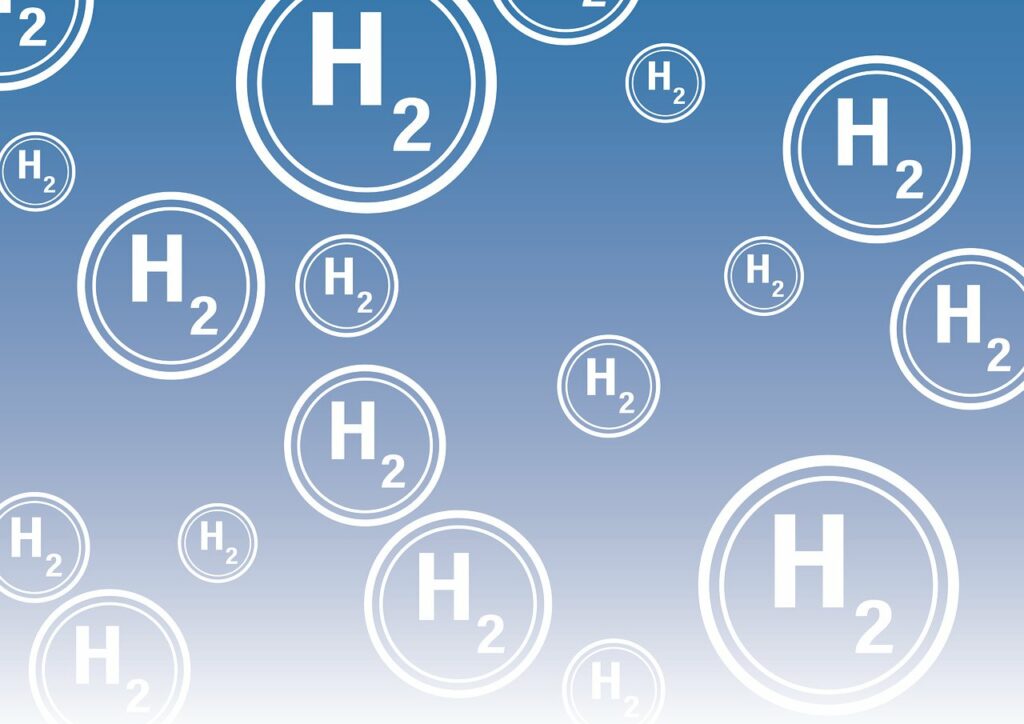Recognizing the need for rapid expansion, Siemens is introducing a suite of software tools based on generative artificial intelligence (AI) to simplify and expedite the design, engineering, and automation of hydrogen production plants.
The centerpiece of this initiative is the Hydrogen Plant Configurator, an AI-powered chatbot. Users input their desired plant specifications, and the AI iteratively generates designs, from basic block flow diagrams to detailed layouts of system components and connections.
The Hydrogen Plant Configurator’s capabilities extend beyond initial design. It can predict key plant performance indicators like power consumption and heat generation, providing valuable insights for optimization. Additionally, the generated data can be seamlessly transferred to engineering and simulation software, automating tasks like piping and instrumentation diagram creation.
Siemens highlights the crucial role of green hydrogen in industrial decarbonization and emphasizes the scarcity of this resource in the near future. Axel Lorenz, CEO of Process Automation at Siemens, underscores the potential of generative AI to accelerate production capacity ramp-up by saving time and costs. According to Siemens, the Hydrogen Plant Configurator simplifies planning and operation, laying the foundation for efficient hydrogen production.
Siemens’ commitment to AI extends beyond design with the introduction of Comos AI, an engineering assistant. This tool utilizes natural language processing to create equipment specifications and diagrams based on user input. Comos AI can also assist with cross-domain tasks like model and drawing conversion for simulation software. Furthermore, it allows users to access relevant information from engineering documentation and technical details through natural language prompts or suggested resources.
To streamline the automation of hydrogen plant processes, Siemens introduces SFC Generation, an innovative module for their Simatic PCS neo distributed control system. This AI-powered module can generate sequential function charts (SFCs) based on user prompts or process descriptions. SFCs visually represent process logic, facilitating the management of complex workflows.
The Hydrogen Plant Configurator will be available on the Siemens Xcelerator Marketplace by the end of 2024, while Comos AI and SFC Generation are expected to launch in early 2025. Siemens will showcase these AI tools for the first time at the Achema trade fair in Frankfurt this June.
While Siemens’ AI solutions offer a compelling vision for faster and more efficient hydrogen plant development, critical questions remain. The effectiveness of these tools will hinge on factors like user interface design, the accuracy and comprehensiveness of AI models, and integration with existing engineering workflows.
Furthermore, the success of AI-powered design and automation ultimately depends on the quality and completeness of user input. Rigorous testing and validation will be crucial to ensure the reliability and robustness of these AI tools in real-world hydrogen plant projects.
Siemens’ introduction of AI-powered tools for hydrogen plant development represents a significant step towards a more efficient and automated future. If successfully implemented, these solutions could play a key role in accelerating the scaling up of green hydrogen production capacity. However, continued development and user feedback will be essential to ensure the practical effectiveness of AI in streamlining the design and automation of green hydrogen plants.
